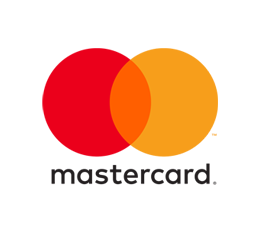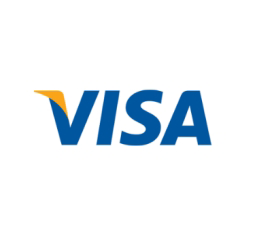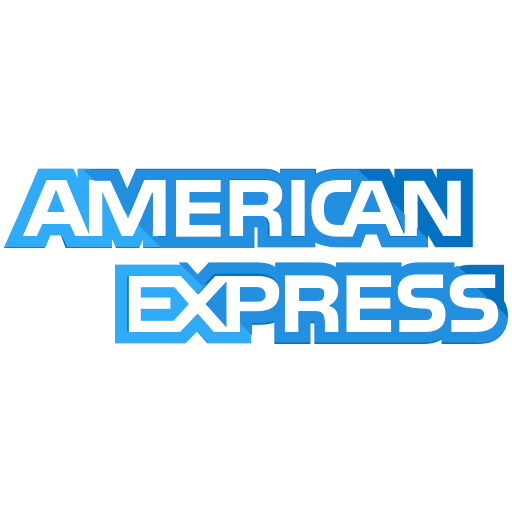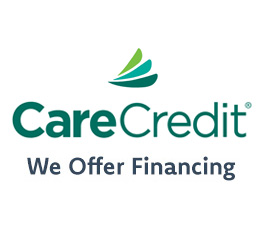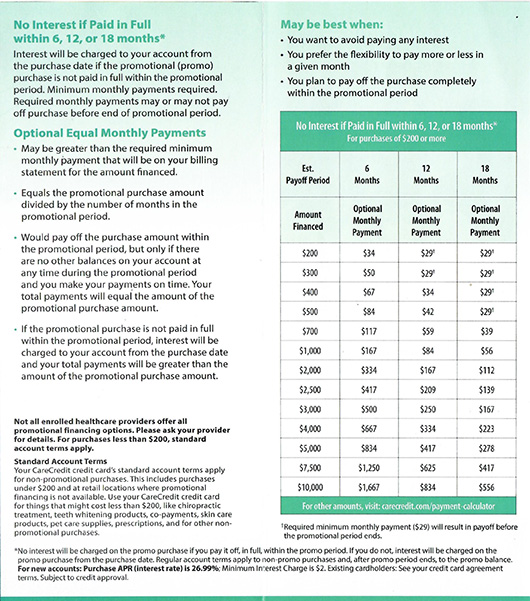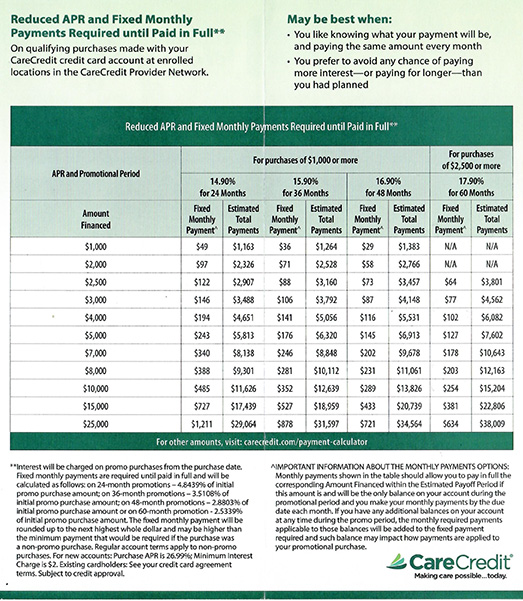The degree of improvement that can be achieved with scar revision depends on the severity of scarring as well as the type, size and location of the scar. In some cases, a single treatment may give significant improvement. In others, Dr. Mandal may recommend a treatment series or combination of scar revision techniques to optimize results.
A scar can be unsightly for different reasons. Whereas, as some show hyperpigmentation or loss of color, others are raised with a bumpy or irregular surface appearance. A third reason is widening of a scar beyond the original borders of the incision or injury. Color, height and width significantly impact the type of treatment recommended.
Types of Scars
- Acne Scars
- Traumatic Scars
- Surgical Scars
- Ear Lobe scars
- Keloids
Keloids Vs. Hypertrophic Scars
There is an important difference between hypertrophic scars and keloids. Many patients refer to wide, raised or discolored scars as keloids. However, keloids typically form in dark-skinned individuals, particularly African-Americans. They consist of an abnormal overgrowth of a scar tissue after the original wound is closed and covered by a scar. Treatment for keloids includes surgical excision. Keloids are treated if one is bothered by their appearance or when they are causing discomfort or functional issues.
Topical Treatments
Topical treatments, such as gels, tapes or external compression can help in wound closure and healing or to reduce the ability of skin to produce irregular pigment. These products work best in the early stages of scar formation but may be used for existing surface scars and discoloration as well as to aid in healing after scar revision procedures.
Kenalog Therapy
Another form of injection therapy uses steroidal-based compounds to reduce excessive collagen formation. Kenalog, in the proper concentration and dosage, can lessen the unsightly appearance, size and texture of raised or thickened scar tissue. Kenalog works best in the early stages of scar formation and may require serial treatments to achieve the desired result.
Dermal Fillers
Injectable dermal filler treatments can be beneficial in filling depressed or concave scars. Scars tethered down to the underlying tissues may be less responsive to injectable filler therapy. Depending on the type of filler used and your scar’s condition, results may last from months to 5 years.
Skin Resurfacing
Skin resurfacing is often used for cosmetic improvement of scars to smooth out surface irregularities and reduce uneven pigmentation. These surface treatments are a controlled means of either mechanically removing the top layers of skin or changing the nature of tissue. Options include:
- Genius™ RF / Infini™ RF is one of the most successful scar resurfacing treatments in Dr. Mandal’s office. It is used alone for simple scars or combined with surgical treatment for more complex scars. Dr. Mandal typically recommends a series of 2 to 3 Genius™ RF / Infini™ RF treatments 3 weeks apart following scar revision.
- Dermabrasion is a mechanical polishing of the skin.
- Laser or light therapy can cause changes to the skin surface to allow new, healthy skin to form at the scar site.
- Chemical peel solutions can penetrate the skin surface to soften irregularities in texture and color.
- Skin bleaching agents are applied topically to lighten the skin.
Surgical excision
Some scars require excision with a layered or complex closure. Layered closure is often used where excision extends to tissue deeper than just the upper skin surface or in areas with a high degree of movement. The first step or layer requires sub-dermal closure (below the skin surface) with absorbable or non-removable sutures. Layers of closure continue to build, concluding with closure of the remaining surface wound. Advanced techniques in scar revision include complex flap closures, W-plasty and Z-plasty techniques. Flap closures may reposition a scar so that it is less conspicuous or improve flexibility where contracture has restricted mobility. Skin grafts or pharmacologic tissue substitutes may be used if ample healthy tissue is not present for closure of a scar excision. This is more likely with revision of certain burn scars.
Multi-modality Therapy
For some scars, multi-modality therapy consisting more than one type of therapy is necessary to optimize results. Common combination treatments include:
- Surgical scar excision followed by Genius™ RF / Infini™ RF scar resurfacing
- Surgical scar excision followed by Kenalog treatments
- Genius™ RF / Infini™ RF scar resurfacing followed with dermal fillers for depressed scars
- Genius™ RF / Infini™ RF skin resurfacing followed by excision plus dermal fillers for residual acne scars
- Surgical excision combined with placement of micro-droplet Botox in micro-dosages of 1-2 units per injection to reduce muscle tension on a healing wound and resultant scar contracture.
As a Board Certified Facial Plastic Surgeon, Dr. Mandal focuses on satisfying results that are very natural looking. When it comes to the face, patients prefer quality and excellence over price. They seek her skills from throughout Palm Beach County, across Florida and a range of national and international locations. To discover your options, request a consultation online or call 561-238-0040 at our Palm Beach Gardens office.
